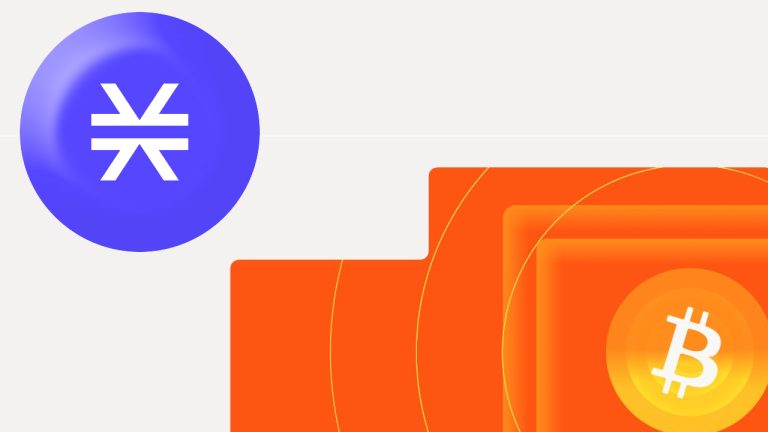The introduction of the STX20 protocol to Bitcoin Layer 2 (L2) on Stacks was a pivotal moment for the Ordinals-style asset, according to the project developers. Amid growing demand for innovative use cases in the Bitcoin ecosystem, the Stacks team believes that STX20 testing has demonstrated significant potential for scalability and efficiency.
Stacks seeks to transform the Bitcoin ecosystem with STX20 L2 solution
On December 17, the STX20 protocol was launched on Bitcoin Layer 2 by Stacks, with the goal of testing the practicality and impact of Ordinals-style assets on a Layer 2 platform. The surge in popularity of Ordinals and BRC20 tokens has fueled an explosion of creativity and user engagement within the Bitcoin ecosystem despite increasing network costs and congestion.
Just as Ethereum’s economic activity is focused on Layer 2 for better efficiency and lower fees, Bitcoin’s ordinal and multi-token assets can also leverage Layer 2 solutions. Stack developers believe that the STX20 protocol represents an important step in this direction, with stress tests conducted to evaluate its performance under the intense activity of mining and trading large volumes of STX20 assets.
According to the team, the STX20 debut hit several benchmarks, including a nine-fold increase in the number of typical transactions in the stack and its ability to efficiently handle large volumes. In particular, Stacks processed transactions 30x faster while handling 40x larger block sizes and offered much lower transaction costs compared to Bitcoin’s Layer 1.
One of the statistics that stands out in the STX20 test is the significantly lower transaction costs on L2 compared to Bitcoin’s main chain. The Stacks team highlighted the potential of layer 2 solutions like STX20 to make participation in various activities on Bitcoin more accessible and cheaper.
Stack developers believe the STX20 test demonstrates that Bitcoin’s L1 activity can transition to L2 without sacrificing community participation or compromising its core values of security. This transition, the team highlighted, is supported by Stacks’ Nakamoto upgrade, which is set to further improve the speed and security of the chain.
In addition to the Nakamoto upgrade, the Stacks team details that there are other developments strengthening Bitcoin’s layer 2 ecosystem. Bitcoin decentralized finance (defi) protocol ALEX announced off-chain support for STX20 transactions. The developers also noted that Fastmint technology promises faster and more responsive NFT issuance across stack layers, further supporting the STX20 framework.
While Ethereum has seen a large influx of layer 2s that work with the network, Bitcoin L2s like the Lightning Network and Liquid have seen sluggish adoption. Bitcoin’s Layer 2 has not been materially realized, at least for now, but the network is clearly suffering from rising on-chain fees and a growing backlog of unconfirmed transactions. Stack proponents hope to change this trend and reinvigorate the Bitcoin L2 ecosystem.
What do you think about Stacks’ STX20 protocol? Share your thoughts and opinions on this topic in the comments section below.
Source: Bitcoin.com

